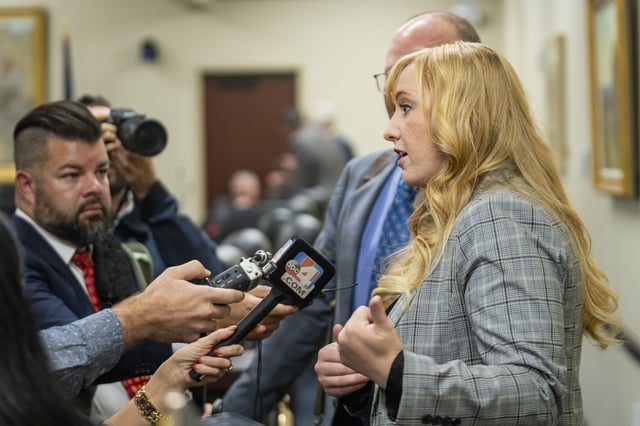Overview
- Voting-rights plaintiffs filed a complaint arguing SB1011’s three map-evaluation tests undermine Proposition 4’s ban on partisan gerrymandering by privileging a partisan-bias metric they say misfits Utah’s statewide politics.
- Sen. Brady Brammer said lawmakers acted within the court’s directive, outlining tests that include partisan bias, a mean–median difference capped at a 2% deviation, and an ensemble analysis requiring maps fall within the central 95% of 4,000 or more simulations.
- Plaintiffs submitted two alternative maps: one selected from a 10,000-map ensemble compliant with Proposition 4 priorities and another that modifies the Legislature’s Option C to address alleged shortcomings under the law.
- Their filing contends the Legislature’s map splits more municipalities—citing Millcreek’s division into six pieces—and fails Proposition 4 standards, while noting all competing plans divide Salt Lake, Utah and Weber counties, with Option C splitting Utah County into three districts.
- The court set Oct. 17 for briefs and expert reports, scheduled an evidentiary hearing for Oct. 23–24, and plans to select a map by Nov. 10 for use in the 2026 election cycle.


